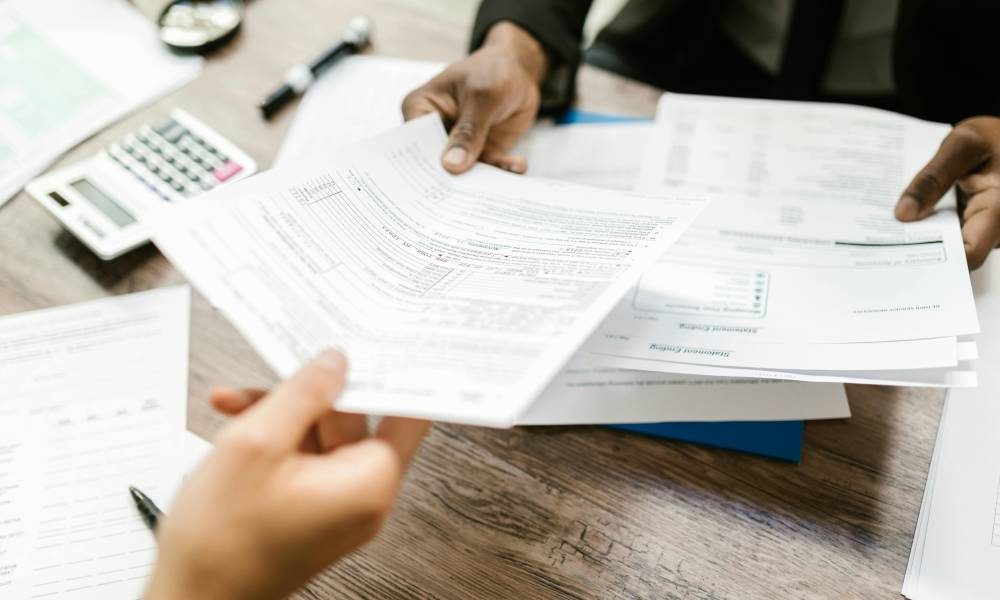Outstanding: what is it ?
The outstanding amount can be customer or supplier. These two concepts are important and must be differentiated.
Outstanding customer debt
Outstanding receivables correspond to all outstanding customer receivables from your company’s customers. It includes:
- Overdue invoices : i.e. those for which the agreed payment deadline has passed.
- Invoices not yet due : i.e. issued but whose due date has not yet been reached.
- Invoices to be issued : when a transaction has taken place but the invoice has not yet been produced.
The customer outstanding balance therefore includes all the amounts owed to your company and appears in the current assets of the balance sheet.
It must be distinguished from outstanding supplier debts, which represent debts owed to your suppliers.
Outstanding supplier
Outstanding supplier debts correspond to all of your company’s supplier debts. As soon as a credit order is placed and the supplier has fulfilled its obligations, an outstanding supplier debt is created.
This outstanding amount is recorded as a liability on the balance sheet and can only be settled by paying the corresponding invoice. This is a key element of your accounting.
It thus reflects the level of indebtedness of your company towards its suppliers at a given time.
How to manage customer outstanding debt ?
Managing outstanding receivables involves tracking customer receivables, anticipating late payments, and securing your company’s cash flow. Here’s everything you need to know.
Understanding the issues for your business
Receivables are sometimes referred to as “customer risk,” and for good reason, as they reflect a company’s exposure to late or unpaid payments from its customers. Poor management of this aspect of your cash flow can lead to disputes and impact your company’s solvency.
A weak trade balance reflects negatively on your partners and your company’s image, which can significantly undermine the company’s long-term viability.
Customer outstanding debt can also be an asset in terms of customer loyalty. Indeed, it allows you to extend payment terms, if the payment is good, and thus improve the commercial relationship.
Calculate customer outstanding debt
Calculating outstanding receivables is very simple. Simply add up all the invoices that have not yet been paid by your customers and subtract any advances and deposits.
Outstanding receivables = (due invoices + non-due invoices + invoices to be issued) – advances and deposits.
It may also be useful to calculate an average over a period.
Average outstanding receivables balance = (sales for the period / number of days) x DSO*
*DSO : days sales outstanding
The calculation must be done per client for a more precise vision.
The customer balance also allows you to calculate the working capital requirement (WCR) in order to define the gap between receivables and supplier payables.
Implement effective monitoring
It’s essential to anticipate outstanding customer debt. You must conduct regular checks without waiting for a dispute to arise. Debt collection relies on a clear understanding of the situation to resolve unpaid debts amicably.
Setting up a tracking tool is necessary. A simple Excel file can give you an overview of this indicator and see how it is changing.
We also recommend conducting a credit check on your customers before entering into any business relationship. This will help you avoid bad debts as much as possible and limit the risk of non-payment.
Define a recovery procedure
Defining an amicable recovery procedure is essential to reduce customer outstanding debt and secure your company’s cash flow.
To build an effective protocol, ask yourself the right questions :
- When should an invoice be considered unpaid ?
- What steps should I follow for reminders ?
- When to send the first reminder ?
A clear invoice collection protocol allows you to structure your actions and optimize your chances of rapid payment.
Reduce your customer outstanding debt with CentralPay
CentralPay offers a complete solution to automate invoice collection and effectively reduce customer outstanding debt.
Thanks to its intelligent reminder system, businesses can track the status of their payments in real time and automatically trigger personalized reminders based on customer profile and due date. This automation helps reduce oversights, accelerate payments, and reduce the volume of unpaid invoices.
CentralPay also centralizes all collections, providing clear visibility into cash flow and facilitating decisions regarding follow-up or preventive action. By streamlining communication with customers and reducing payment times, the platform contributes to sustainably improving cash flow management and strengthening the company’s financial stability.




